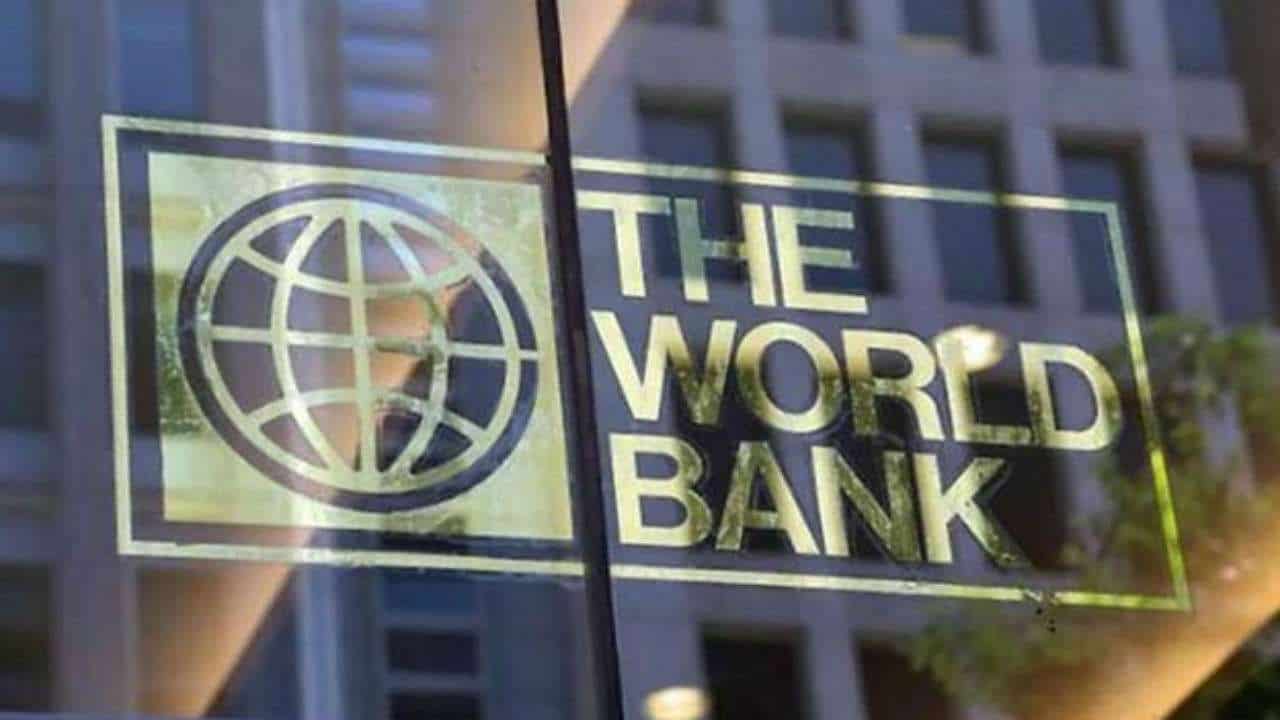Dubai, UAE — The economies of Gulf Cooperation Council (GCC) countries are expected to grow by 1 percent in 2023, down from 7.3 percent in 2022, according to the World Bank.
In its recent report, the bank said the Gulf economies combined will grow by 3.6 percent in the year 2024.
The World Bank added that Saudi Arabia’s economy, the largest in the region, will contract by 0.9 percent in 2023 before rebounding to grow by 4.1 percent in 2024.
The bank also predicted that the UAE’s real GDP would grow by 3.4 percent at the end of 2023 and then rise to 3.7 percent the next year, while the Kuwaiti economy would grow by 0.8 percent in 2023 and rise to 2.6 percent in 2024.
The Qatari economy is expected to grow by 2.8 percent in 2023 and 2.5 percent in 2024, according to the report, while Oman’s economy is expected to grow by 1.4 percent in 2023 and rise to 2.7 percent in 2024. Bahrain’s economy is expected to grow by 2.8 percent in 2023 and 3.3 percent in 2024.
The World Bank expects the Gulf per capita GDP to shrink (-1.5 percent) in 2023, with a positive growth rate of 1.2 percent in 2024, noting that it reached about 4 percent of GDP in 2022.
Concerning the public finance balance of the combined GDP of the six Gulf states, the World Bank forecasted a -0.3 percent decrease in 2023 and a -0.2 percent decrease in 2024, noting that it recorded positive growth of 2.2 percent last year.
According to the World Bank, the Gulf inflation rate will fall to 2.8 percent in 2023 from 4 percent the previous year and will continue to fall to 2.2 percent in 2024.
The bank expects the Middle East and North Africa region’s economies to contract sharply this year to 1.9 percent in 2023, down from 6 percent in 2022 due to reduced oil production because of low oil prices, tightening global financial conditions and high inflation.
The World Bank’s forecasts consider global economic challenges, changes in oil markets, and global financial conditions affecting regional economies, particularly those in the Gulf region.








